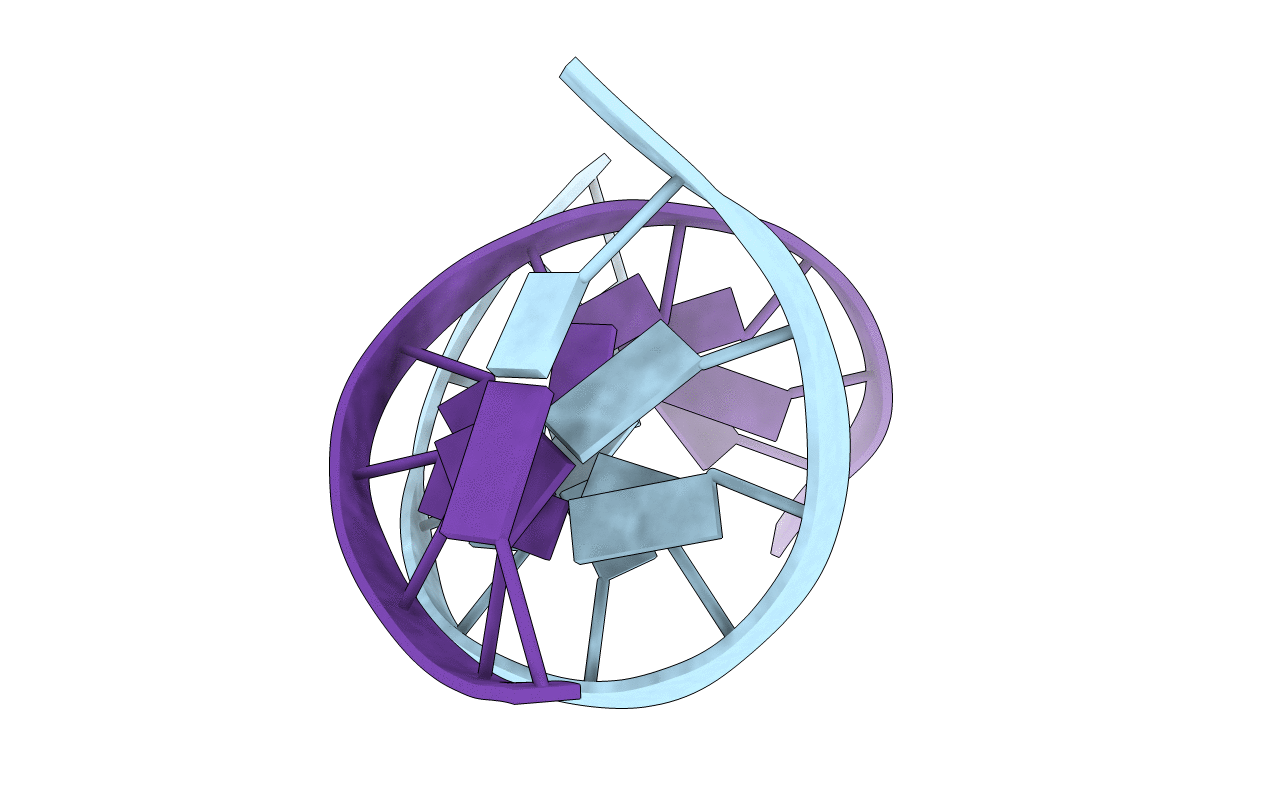
Deposition Date
2003-12-01
Release Date
2004-08-24
Last Version Date
2024-05-22
Entry Detail
PDB ID:
1RN9
Keywords:
Title:
A SHORT LEXITROPSIN THAT RECOGNIZES THE DNA MINOR GROOVE AT 5'-ACTAGT-3': UNDERSTANDING THE ROLE OF ISOPROPYL-THIAZOLE
Biological Source:
Source Organism:
Method Details:
Experimental Method:
Conformers Submitted:
1


